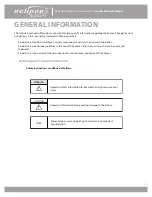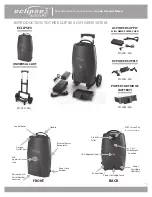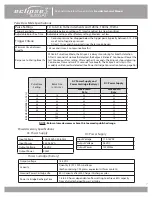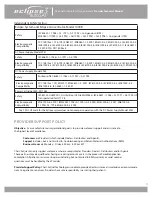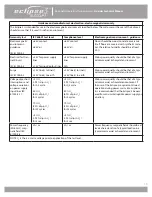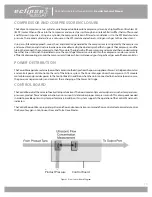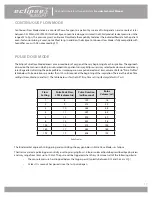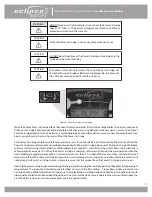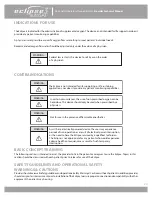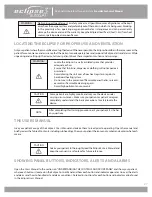
Personal Ambulatory Oxygen System
Provider Technical Manual
13
How The Eclipse 3 Works
INTRODUCTION
The Eclipse 3, Personal Ambulatory Oxygen System with autoSAT Technology is a portable medical device used to extract
oxygen from the atmosphere, concentrate it to 87–95.6% and present the oxygen to the patient. The device will operate in
Continuous Flow Mode or Pulse Dose Mode. In Continuous Flow Mode the oxygen is provided at a constant flow rate between
0.5 and 3.0 LPM. In Pulse Dose Mode, oxygen is supplied in a bolus at the beginning of each inspiration, providing a selectable
range setting of16mL to 192mL.
The Eclipse operates from either external power or from an internal rechargeable Power Cartridge. The system includes a
“Smart Battery” charger that recharges the internal Power Cartridge whenever the Eclipse is connected to AC power. The
system monitors and controls both the power source and the Power Cartridge charger.
Figure 1: ECLIPSE System Block Diagram
ATF
®
CONCENTRATOR MODULE
The Eclipse uses a passive system to separate oxygen from air. Air flows into the Eclipse where it is filtered and then enters the
compressor. Pressurized air flows from the compressor into the ATF® Concentrator Module where it is separated into oxygen
and nitrogen components. The air separation process uses a rotary valve system to force air through a series of pressurized sieve
beds. Through a process known as “vacuum pressure swing adsorption,” nitrogen molecules are collected on an adsorbent
material allowing the concentrated oxygen to be forced through a sieve bed into the product tank. The nitrogen molecules
are then purged from the adsorbent material using a vacuum pressure cycle.
Oxygen flows from the product tank through a HEPA filter and past a sensor that measures flow and concentration. A flow
control valve regulates the flow of concentrated oxygen presented to the patient. The process is continuously repeated during
operation.




